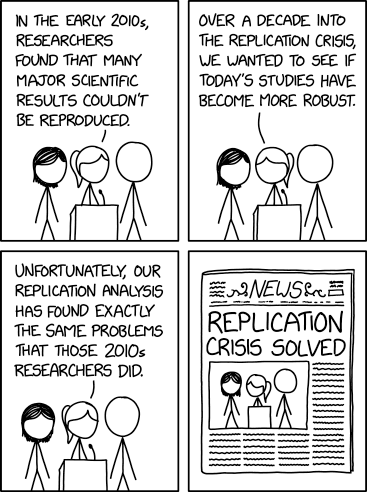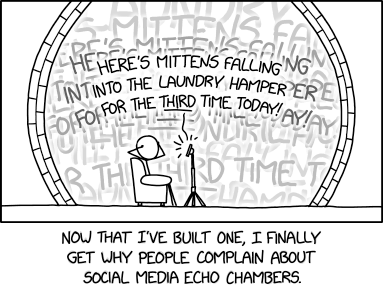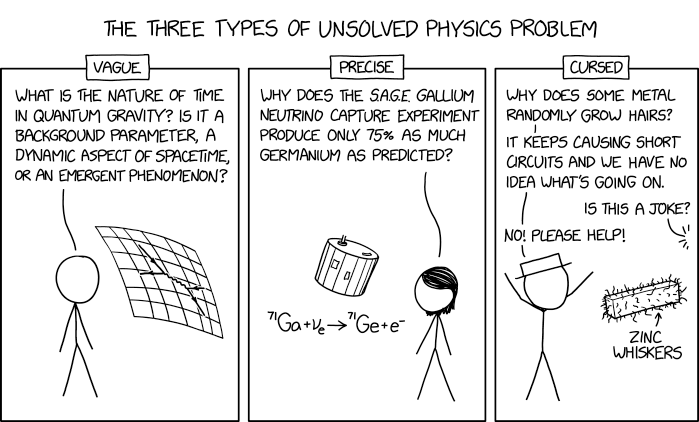Posted by Jason Dyer
https://bluerenga.blog/2025/07/17/marooned-diamonds-to-dust/
http://bluerenga.blog/?p=49208
(My previous posts on Marooned are needed for context.)
I have finished the game, using the time-old technique known as “reading the source code”. I am fairly sure I would have made zero progress otherwise. This just gets absurd, and not due to bugs.
I’m not going to sequence in order of how I “solved” things or in narrative order, but rather from most to least reasonable.

Money from under the big W.
Let’s start with the treasure under the trees I couldn’t get to. As I suspected, it was a straight parser issue.

Things that don’t work: DIG, DIG TREES, DIG UNDER, DIG BETWEEN, GO TREES, DIG W, FIND SPOT, FOLLOW MAP, DIG SPOT, DIG TREASURE, FIND TREASURE, LOCATE TREASURE.
The game was fishing for GO W, and then DIG.

This was the treasure with no name originally, hence the fix calling it MYSTERY TREASURE. Now I know the context, there’s a fair chance this was intended as SUITCASE OF CASH.
Not terrible for a work in progress, but it still stuck me entirely. To grab from the source code, I used software called Scottdec:
141) 1 56 [GO W] /* MISSING STRING */
? PLAYER_IN (13 = *I’m on the west shore of a deserted island)
? CLEARED_BIT (22)
-> 1 = PRINT(OK)
-> 58 = SET_BIT (22)
This is much cleaner than trying to read off the database file directly, which has “1 56” on its own without the verb and noun linked to it. The “missing string” comment is supposed to go somewhere else, but it looks like something in the sequence of comments is out of sync.
Next up is the cave, with the tiny hole and the chisel.

I had additionally tried LOOK HOLE, FEEL HOLE, RUB HOLE, and pretty much anything on my standard verb list that seemed reasonable, but unfortunately, the game uses a brand-new verb I have never seen before in a text adventure: REACH HOLE.

This isn’t done yet! Despite the diamond being a treasure with asterisks, the treasure can be made into two treasures, via CUT DIAMOND / WITH CHISEL.

If you get greedy and try to get yet more treasures by repeating the process, the diamond gets ground into dust.
The really wacky thing here is that one is not necessarily more valuable than the other (except in a black-market sense, except we aren’t going to make it that far). No, it’s simply taking the fact that the game wants, abstractly, 7 treasures, and can only get all the way there by turning one distinct treasure into two.
There is incidentally a “clue” earlier about the diamond, but it is a complete red herring clue (in the Ferret sense of being actively misleading).

There is no boat. BOAT is listed as a noun so I wonder if the author considered this, changed his mind, and never got around to cleaning up the clue (work in progress!) as opposed to creating an intentional red herring.
Nearly to the end now, to the most absurd jump of all. I knew from the start of the Scottdec file what the goal was:
TGoal: store 7 treasures in room 24
Room 24 is a HUT, but we haven’t seen one, because you’re supposed to make it. With the leaves from the trees and the string from the dead body, you can (on the west side of the island, at the W) use the command MAKE HUT.

Now, you can GO HUT and deposit treasures. We’re one short, but after a little time here is a “quick flash of red light”; LOOK LIGHT reveals a RUBY. Amusingly, it doesn’t even need to be picked up, just revealed.


Oh, on the darkness: from the source code I found there is an overall light timer, so it wasn’t the flashlight turning off the sun, just the game being mean. It gets so dark at night you literally can’t see anything at all.

Like Strange Adventure, we are king of an island at the finale with no visible way off. Enjoy your two diamonds!
129) 52 35 [MAKE HUT] /* 2 DIAMONDS TO DUST */
? IS_AVAIL (65 = String)
? IS_AVAIL (45 = Leaves)
? PLAYER_IN (13 = *I’m on the west shore of a deserted island)
? IS_AVAIL (47 = Leaves)
-> 1 = PRINT(OK)
-> 73 = CONTINUE:
130) [Cont’d] /* NOTHING ELSE WORKS */
-> 53 = MOVE_INTO_AR (63 = Hut)
-> 59 = REMOVE (45 = Leaves)
-> 59 = REMOVE (47 = Leaves)
If this was a published game, the hut puzzle would enter the all-time most absurd list; it gets an asterisk due to the work-in-progress nature of the game, since the author may have had some plan in mind before running out of space.
I do think, now, regarding “why this was unfinished”: it was a matter of running out of memory space. In order to fix the TAKE commands, the code went up to 19k, and that’s excluding items like the screwdriver and leaving in numerous other erroneous parts that the author clearly intended to get back to later. The game doesn’t seem large/impressive but Watt did try to write a list of features that started to extend past the game’s reach. SCREW is intended as a verb (unused); the BOAT is listed but doesn’t show; there’s ICE and a BOOK for some reason. I tried to cross-correlate with other Scott Adams games (in case one served as a template and these are “vestigial words” left in) but no dice: I’m pretty sure everything listed is something the author intended eventually. Hitting a wall like this from an original plan is bound to be frustrating for development and it is a miracle at all the game was left close to a state that could be played all the way through.
Coming up: Three Britgames, followed by games from Japan, New Zealand, and Denmark. This will be our first 1983 game in Japanese, and neither New Zealand nor Denmark have appeared on this blog before.
https://bluerenga.blog/2025/07/17/marooned-diamonds-to-dust/
http://bluerenga.blog/?p=49208




























